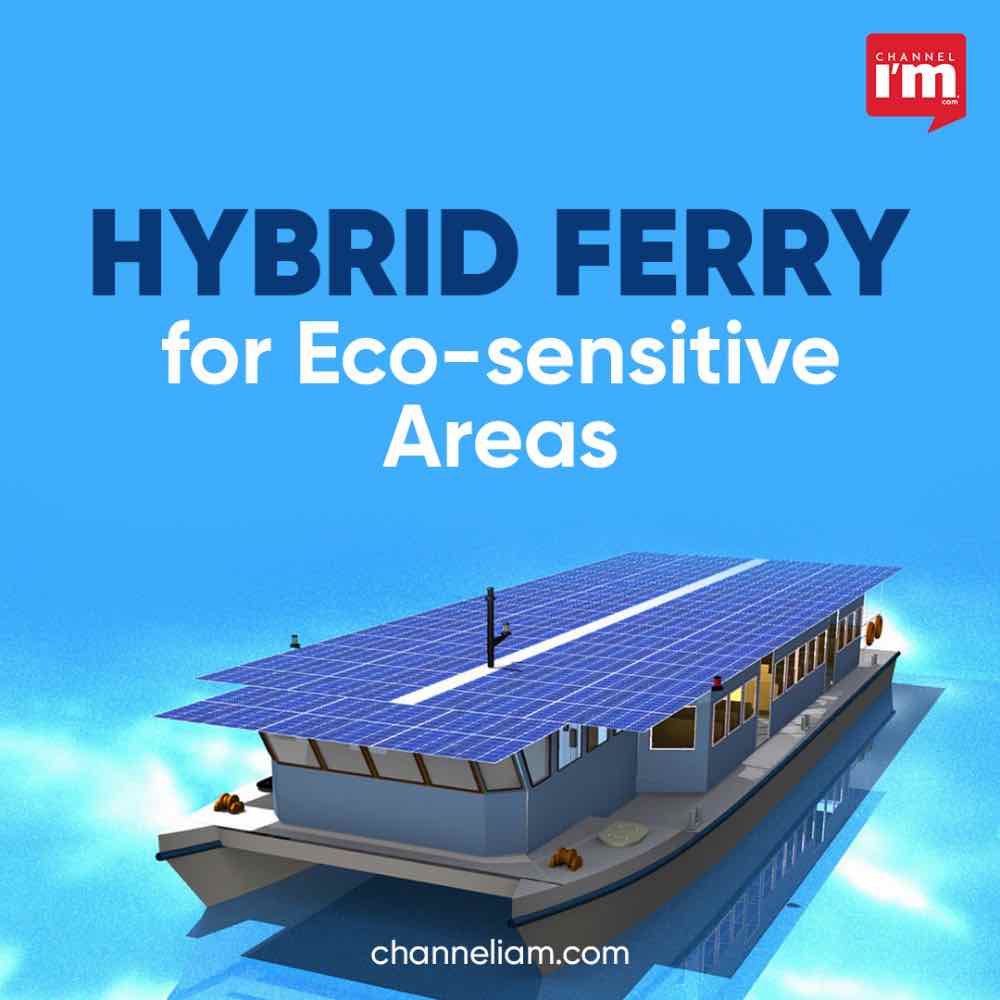There is no doubt that green transportation is the future. The inland hybrid catamaran ferry designed by Sub. Lt Gaurav Tehlan, a B.Tech student of Naval Architecture and Shipbuilding, Cusat, ensures it.

The ferry uses solar and wind energy. Its silent and low-carbon footprint operation is ideal in eco-sensitive areas like dams and wildlife sanctuaries. Gaurav designed the vessel, which can carry up to 75 passengers as part of his final year project. He was guided by Prof K. Sivaprasad. The project won Class NK Best Project Award instituted by the Japan Government.
Designed as a transportation mode for Kerala’s inland waterways and coastal areas, the 21mx7m vessel can be built using lightweight materials like glass-reinforced plastic (GRP) and ensures higher efficiency and less operational expenditure. The GRP hull can be reused many times, causing less capital expenditure for construction. The propulsion system contains wind and solar energy. the vessel can operate on wind energy when the solar energy reserve is low. The retractable inflated wing sail on top of the ferry’s roof will have 84 solar panels. During bad weather, grid charging can be done using electricity. The vessel with lithium titanium oxide batteries can achieve a speed of up to 7 knots and can function non-stop for up to 1.70 hours.
